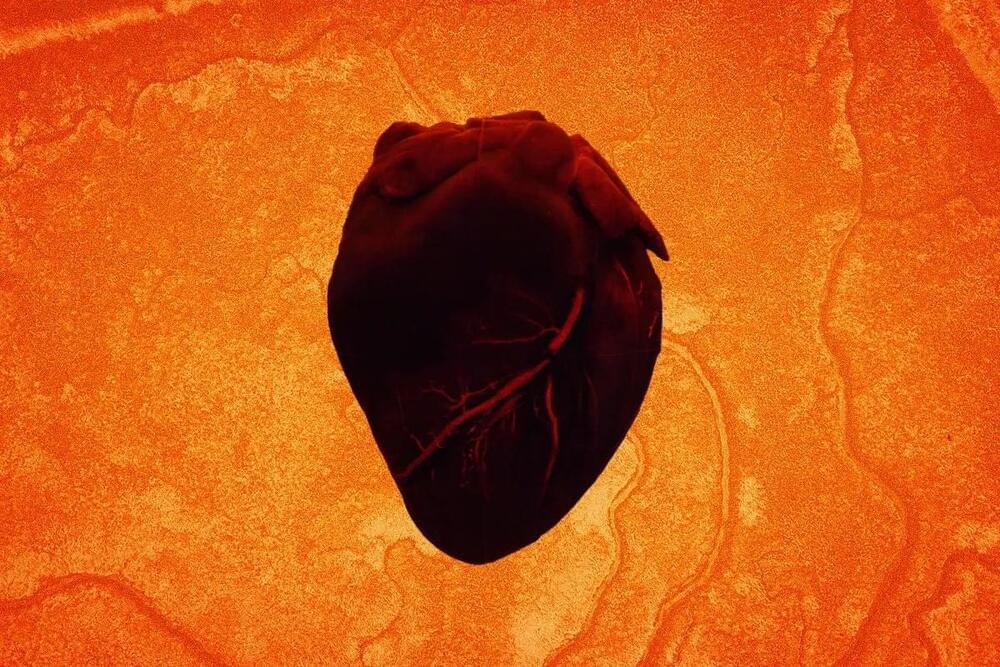A team of quantum engineers at UNSW Sydney has developed a method to reset a quantum computer—that is, to prepare a quantum bit in the ‘0’ state—with very high confidence, as needed for reliable quantum computations. The method is surprisingly simple: it is related to the old concept of ‘Maxwell’s demon’, an omniscient being that can separate a gas into hot and cold by watching the speed of the individual molecules.
“Here we used a much more modern ‘demon’—a fast digital voltmeter—to watch the temperature of an electron drawn at random from a warm pool of electrons. In doing so, we made it much colder than the pool it came from, and this corresponds to a high certainty of it being in the ‘0’ computational state,” says Professor Andrea Morello of UNSW, who led the team.
“Quantum computers are only useful if they can reach the final result with very low probability of errors. And one can have near-perfect quantum operations, but if the calculation started from the wrong code, the final result will be wrong too. Our digital ‘Maxwell’s demon’ gives us a 20x improvement in how accurately we can set the start of the computation.”









